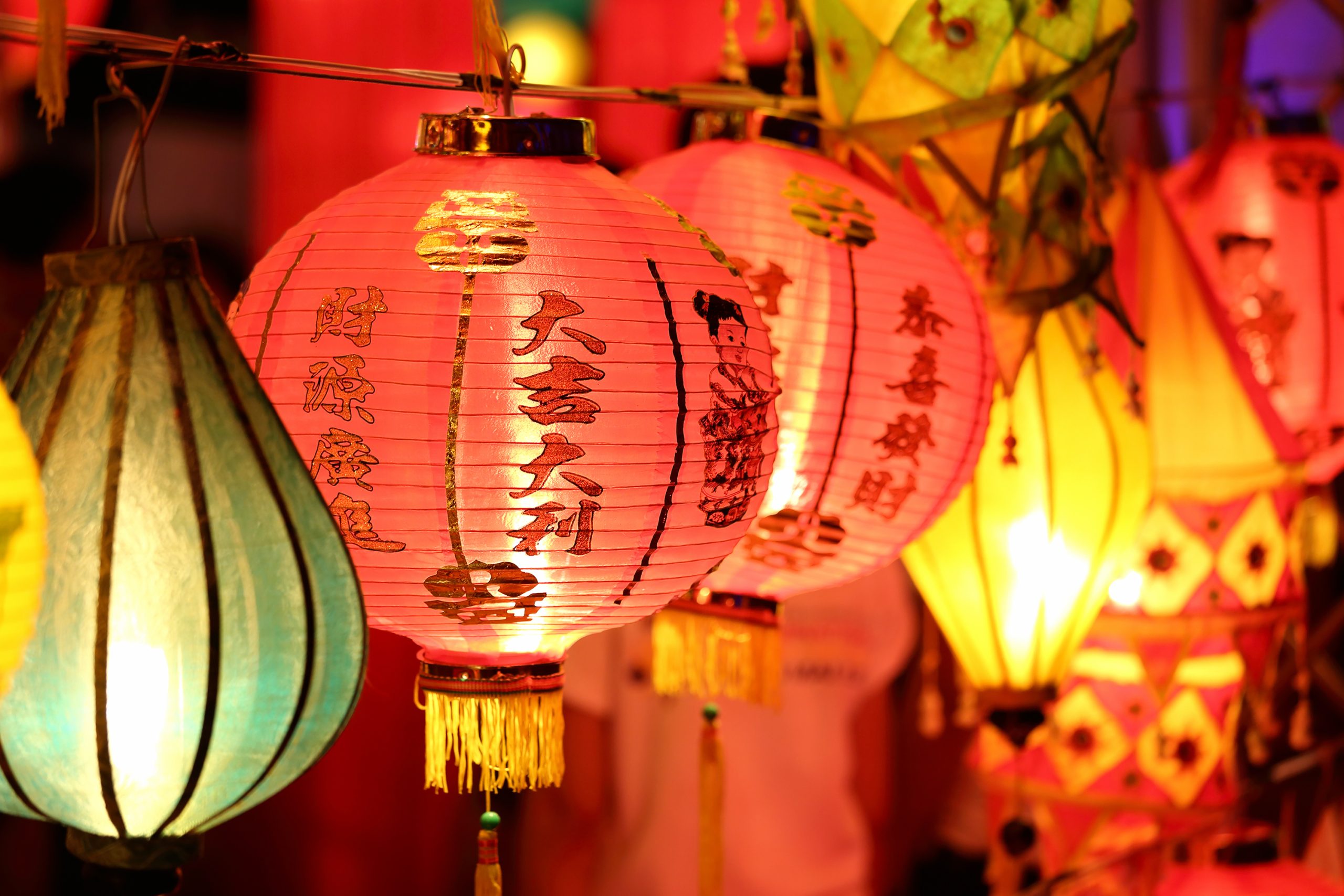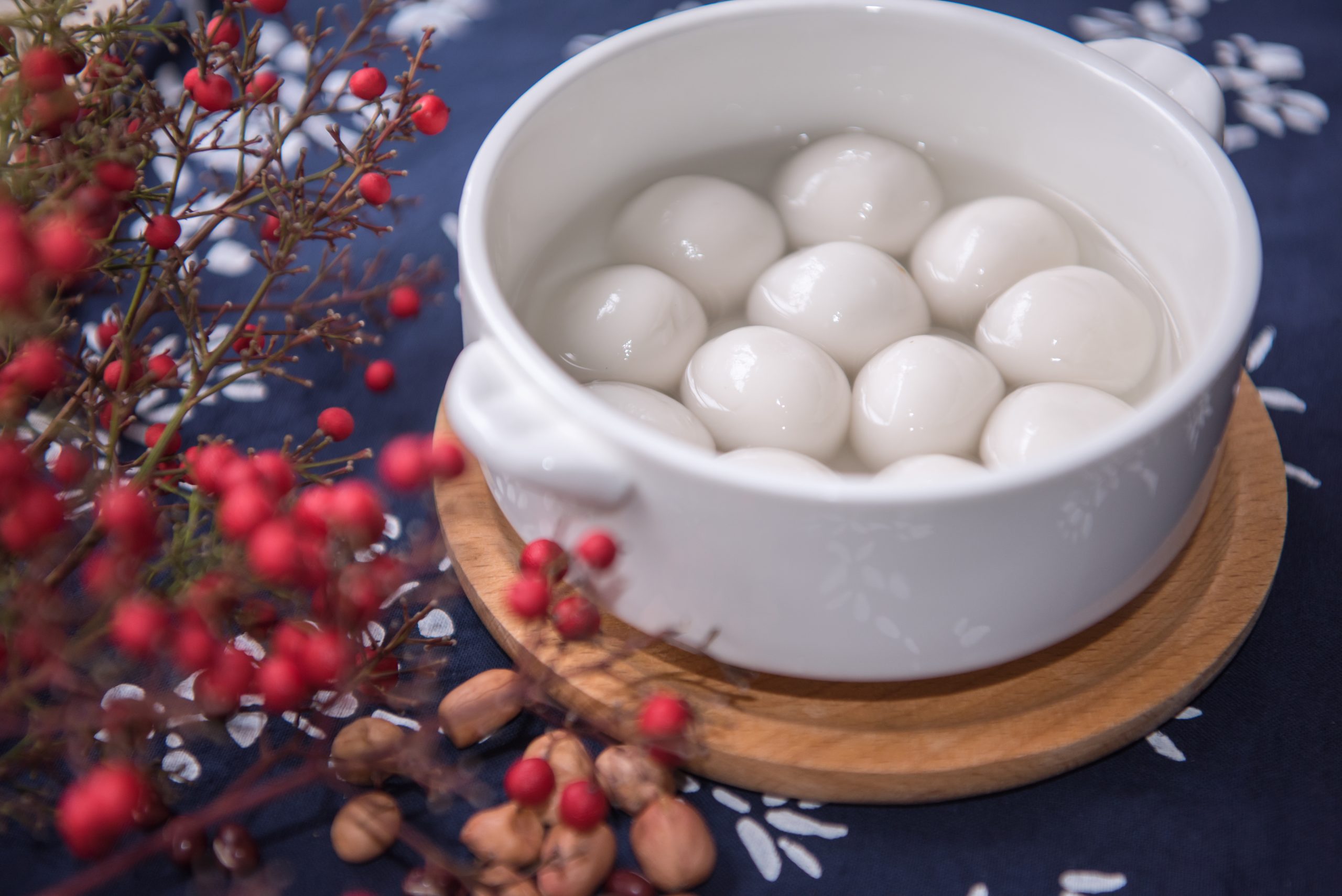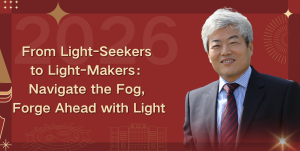22 Feb 2024
As the first whispers of spring emerge, shop fronts in China become adorned with the glow of lanterns. When day turns into night, the once ordinary pathways transform into a kaleidoscope of vibrant colours: this is the Lantern Festival in China, a time when families reunite and communities gather.
The origins
The Lantern Festival, or Yuanxiao Jie in Chinese, which falls on 26 February this year, is one of the most significant celebrations in China, marking the end of the Lunar New Year festivities in the country.
One of the primary legends about the festival’s origins traces back 2,000 years to the Western Han Dynasty. It is said that Emperor Han Mingdi initiated the tradition of lighting lanterns to worship Buddhist deities on the 15th day of the first lunar month. The holiday is also associated with Taoist worship.

“During the Han Dynasty, the Lantern Festival was primarily a ceremonial event held within the imperial court,” says Dr Kan Li, Assistant Professor at Xi’an Jiaotong-Liverpool University’s School of Humanities and Social Sciences.
By the time of the Tang (618-906) and Song (960-1279) dynasties, ordinary people had also begun celebrating the holiday, Dr Li says. “Over time, cultural practices and traditions began to spread beyond the confines of the palace walls,” she says. “The festival also merged with ancient customs such as the celebration of the return of spring.”
According to Dr Li, during the last dynasty in China (1644-1911), social shifts led to the festival becoming widespread.
“In the Ming and Qing periods, as commodity economy and civil culture prospered, cities continued to grow, and city life flourished,” she says. “The influence of the common people also increased. People engaged in various folk activities, including lion dances, lantern displays, stilt walking, and waist drum performances.”
The customs
The most iconic tradition of the festival is the lighting of crafted lanterns, which come in various shapes, sizes, and colours. These lanterns are not only decorative but also carry wishes for good fortune, prosperity, and happiness.
Riddle-solving is another important custom during the festival. Riddles are written on lanterns, and visitors must solve them to win prizes. In some regions of China, the release of sky lanterns also makes the festival a feast for the eyes.
Nowadays, modern cities have embraced technological advancements, blending tradition with innovation. Lantern exhibitions in urban China showcase exquisite installations. High-tech lanterns with LED lights and interactive displays have become a common sight, attracting both locals and tourists. After dinner, families and friends typically gather to admire the lanterns, exchange riddles, and enjoy traditional foods.
Festival desserts
No Chinese festival is complete without an array of mouth-watering delicacies, and the Lantern Festival is no exception.
On the morning of the festival, Chinese people will eat yuanxiao, also called tangyuan in northern China: a bowl of sweet glutinous rice balls filled with sesame, red bean, or peanut paste. These round dumplings symbolise family union and harmony.
 Yuanxiao
Yuanxiao
“The tradition of eating yuanxiao is related to the economic shift,” says Dr Li.
“In northern China, people usually eat wheat-based food, and foods made with glutinous rice are not commonly consumed. During the Song Dynasty and onwards, China experienced a transition in which its economic centre shifted towards the southern regions. As a result, the northern regions looked to the south for resources, food, and customs.”
Societies transform and customs vary, but the Lantern Festival endures, embodying wishes for joy, happiness, and reunion.
“The festival is a testament to the resilience of tradition, and it illuminates China’s cultural landscape with its timeless glow,” says Dr Li.
“The customs were influenced by northern and southern cultures, and further spread throughout the East Asian region. When we celebrate the Lantern Festival, we are not only commemorating the festival itself but also embracing the exchange of diverse cultures.”
By Xinmin Han
Edited by Tamara Kaup and Catherine Diamond
22 Feb 2024
RELATED NEWS

Explainer: Mid-Autumn Festival, from moon to mooncakes
What is the festival that derives from moon worship in China? It must be the Mid-Autumn Festival, which takes place on the 15th day of the eighth month in th...
Learn more







